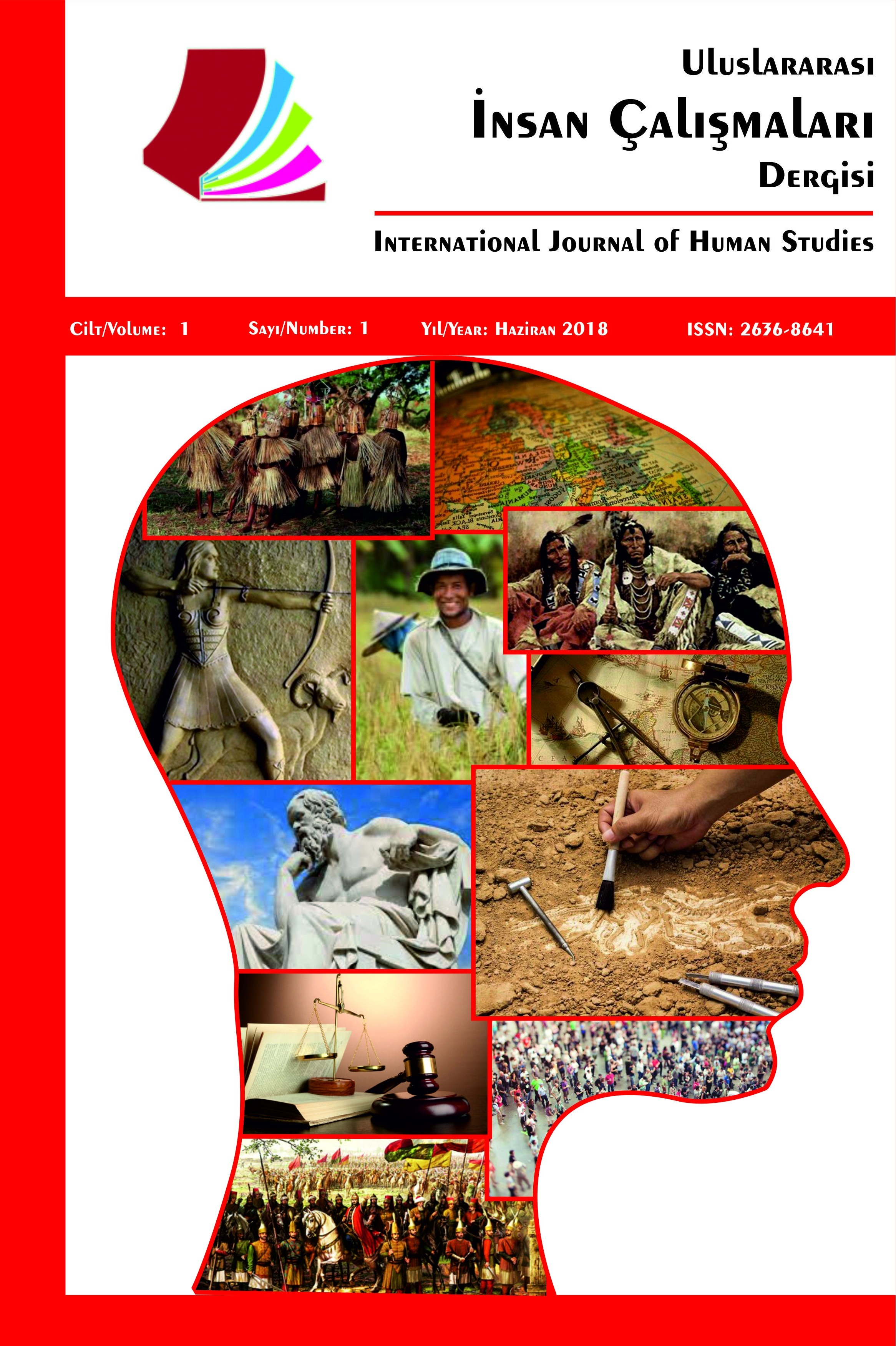Kendini Yaratan İyilik Timsali Margery: Aydınlanma Döneminde Çocuk Edebiyatı
Modern çocuk edebiyatının ilk roman örneklerinden biri sayılan John Newbery’nin The History of Little Goody Two-Shoes isimli eseri ahlaki eğitim ile eğlendirici olma unsurunu harmanlar ve çocuk okuyucularına örnek bir kız çocuk karakter sunar. Newbery’nin eseri, esere ismini veren Goody Two-Shoes’ın yetim bir çocuktan meslek sahibi ve varlıklı bir hanımefendiye dönüşümü bağlamında basitçe modern bir Cinderella hikayesi olarak okunabilse de roman aynı zamanda aydınlanma prensiplerini benimsemesiyle öne çıkar. Goody Two-Shoes, diğer ismiyle Margery, John Newbery ve John Locke’un çocuk eğitimine ilişkin fikirlerini temsil etmekle kalmaz, ayrıca kendine has pedagojisi, bireyci tutumu, akılcılığa verdiği önem ve akıldışı fikirleri reddetmesi ile bir Aydınlanma Dönemi çocuğudur. Goody Two-Shoes; sabır, erdem, çalışkanlık ve özgüven gibi özelikleri kendi karakterinde bir araya getirir ve böylelikle on sekizinci yüzyıl edebiyatındaki bireyci yetişkin karakterlerin kadın ve çocuk mevkidaşı olarak ortaya çıkar. Kendi emekleri sonucunda gerçekleşen toplumsal ve ekonomik yükselişi, Margery’i ataerki tarafından belirlenmiş normatif cinsiyet rollerine itiraz eden ve böylelikle kendini yaratan bir çocuk kılar. Bu çalışma, Newbery’nin The History of Little Goody Two-Shoes isimli eserini özellikle Margery’nin gelişimine ve onun temsil ettiği değerlere odaklanarak, Aydınlanma Dönemi çocuk edebiyatı örneği olarak analiz eder.
Anahtar Kelimeler:
Çocuk Edebiyatı, John Newbery, Goody Two-Shoes, Aydınlanma, On Sekizinci Yüzyıl.
Goody Two-Shoes as a Self-Made Child: Children’s Literature in the Age of Enlightenment
Considered one of the earliest novels of modern children’s literature, John Newbery’s The History of Little Goody Two-Shoes harmonises moral instruction with entertainment, and it presents an exemplary female character for its child readers. Even though Newbery’s novel can be read as a modern Cinderella story with its eponymous Goody Two-Shoes transforming from an orphan into a lady of profession and good fortune, the novel also stands out with its celebration of the tenets of enlightenment. Goody Two-Shoes not only represents John Newbery and John Locke’s ideas concerning the education of children, but she is also a child of the Age of Enlightenment with her unique pedagogy, individualistic attitude, emphasis on rationalism, and rejection of the occult. In her character, Goody Two-Shoes, namely Margery, brings together patience, virtue, industriousness, and self-confidence, thereby becoming a female child counterpart of the individualistic literary characters of the eighteenth-century literature. Her social and economic mobility ensured by her own endeavours renders her a self-made child who contests normative gender roles drawn by the patriarchy. This paper analyses Newbery’s The History of Little Goody Two-Shoes as an example of children’s literature in the Age of Enlightenment with a specific focus on Margery’s development and the values she represents.
Keywords:
Children’s Literature, John Newbery, Goody Two-Shoes, Enlightenment, Eighteenth Century Çocuk Edebiyatı, John Newbery, Goody Two-Shoes, Aydınlanma, On Sekizinci Yüzyıl.,
___
- Avery, G. (2012). Written for children: two eighteenth-century English fairy tales. Marvels & Tales, 16(2), 143-155.
- Bottigheimer, R. B. (1998). An important system of its own: defining children’s literature. The Princeton University Library Chronicle, 59(2), 191-210.
- Brown, G. (2006). Metamorphic book: children’s print culture in the eighteenth century. Eighteenth-Century Studies, 39(3), 351-362.
- Crain, P. (2016). Reading children: literacy, property, and the dilemma of childhood in nineteenth-century America. Philadelphia: University of Pennsylvania Press.
- Fleming, P. C. (2013). The rise of the moral tale: children’s literature, the novel, and the Governess. Eighteenth-Century Studies, 46(4), 463-477.
- “Goody two shoes” (2022). In Oxford Learner’s Dictionaries. Retrieved from https://www.oxfordlearnersdictionaries.com/definition/english/goody-two-shoes?q=goody+two+shoes
- “Goody-goody” (2022). In Cambridge Dictionary. Retrieved from https://dictionary.cambridge.org/tr/s%C3%B6zl%C3%BCk/ingilizce/goody-goody?q=goody+two+shoes
- Klemann, H. (2011). The matter of moral education: Locke, Newbery, and the didactic book-toy hybrid. Eighteenth-Century Studies, 44(2), 223-244.
- Leeson, R. (1982). Not in front of the children? English in Education, 16(2), 26-33.
- Locke, J. (1779). Some Thoughts Concerning Education. London: Tonson.
- Newbery, J. (n.d.) The history of little goody two-shoes. London: Houlston and Son.
- Rose, J. (1995). John Newbery: the british literary book trade, 1700–1820. In J. K. Bracken and J. Silver (Eds.), Dictionary of literary biography. (pp. 216-228). Detroit, MI: Gale Research.
- Shavit, Z. (1995). The historical model of the development of children’s literature. In M. Nikolajeva (Ed.), Aspects and issues in the history of children’s literature (pp. 27-38). Westport: Grrenwood Press.
- Siderius, B. (1976). Goody twoshoes: morality through amusement. Language Arts, 53(1), 37-40.
- Veronica, S. M. C. (1965). Goody by Goldy? Elementary English, 42(5), 574-576.
- Başlangıç: 2018
- Yayıncı: Zeynel KARACAGİL
Sayıdaki Diğer Makaleler
İki Dilli Toplumlardaki Dil Çıkmazı: Ukrayna Örneği ve Rusya - Ukrayna Savaşı
Gerçekliğin ve Aklın Sınırında: Restrepo’nun Delirio Romanı
COVID-19 Pandemi Döneminde Bireylerin Geleneksel ve Sosyal Medyaya Yönelik Güven ve Tutumları
Mevlânâ’nın Hürriyet Kavramına Yaklaşımı
H. Bayram TEMUR, Cihan GÜRBÜZ, Ramazan DOĞAN, Hamza KARAKULAKLI
Kendini Yaratan İyilik Timsali Margery: Aydınlanma Döneminde Çocuk Edebiyatı
İzmir’deki Franchising Restoranlarda Motokuryeler: İş İlişkileri, Sorunlari ve Beklentileri
Gazanfer KAYA, Yılmaz AKGÜNDÜZ, Burçak AHİ
Sümeyye IŞIK GÜLTEKİN, Ahmet GÜRBÜZ
Svilen Kapsızov’un Romanı “Akarsuların Sonu”nda Geçen Türkçe Kelimeler
